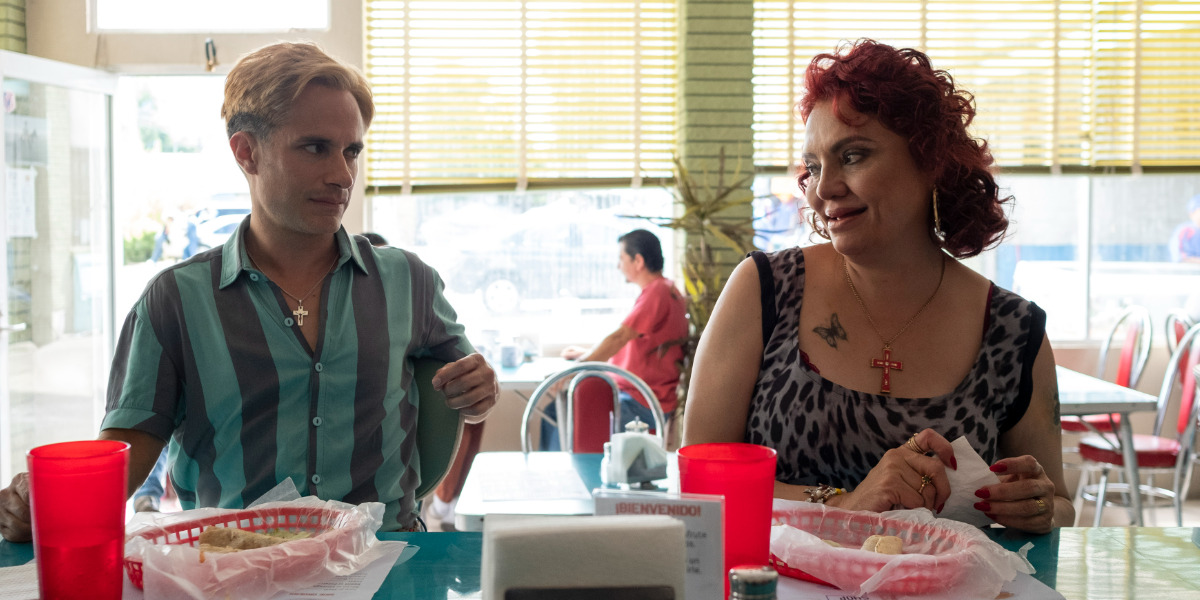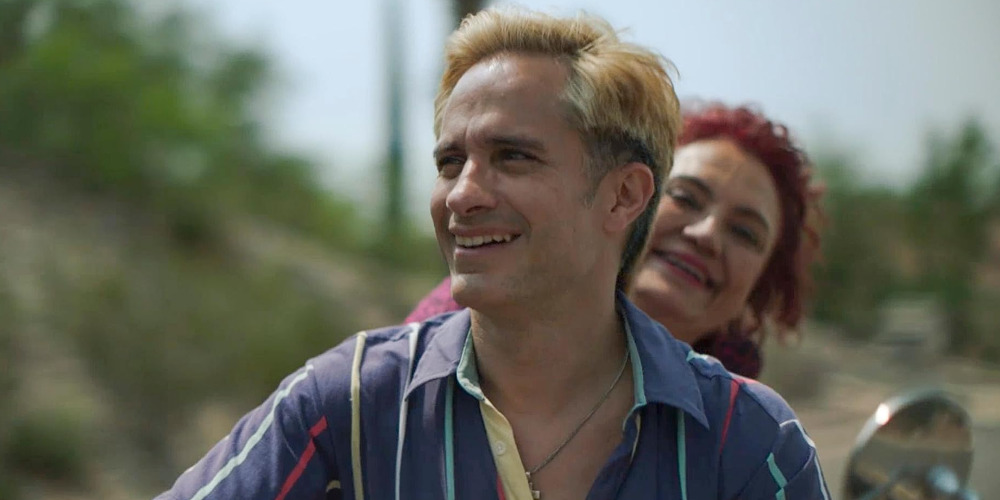The sports drama film, ‘Cassandro,’ directed by Roger Ross Williams, revolves around a Mexican wrestler’s rise to fame as he breaks down gender norms and barriers with his flamboyant and talented stage persona. Saúl Armendáriz, a gay lucha libre wrestler, sheds his boring, albeit safe, act as the unassuming “El Topo” and allows his inner showman to shine after taking on a new exótico persona, “Cassandro.” Although the decision sends the luchador down a tumultuous path of battling stereotypes and prejudices, Saúl arrives at a fulfilling destination, revered as a pioneer for the queer community within the Mexican sport.
In the film, Saúl’s mother, Yocasta, plays a crucial role in Saúl’s personal journey of self-acceptance and remains one of his biggest supporters during his battles in the ring. As such, Yocasta’s death gravely dislodges Saúl’s balance, forever leaving a mark on the wrestler. Since the film is a biographical, recounting real-life Saúl “Cassandro” Armendáriz’s story, viewers are bound to be curious about the real-life circumstances surrounding his mother’s death. Therefore, here’s everything you need to know about the same.
How Did Saúl Armendáriz’s Mother Die?
In ‘Cassandro’ essaying the role of Yocasta, Perla De La Rosa delivers a great performance and highlights the significance that Saúl Armendáriz’s real-life mother, Maria, had on her son’s life and career. The film accurately portrays the role Maria played in her son’s life and career by depicting her influence over his early days as Cassandro when he created his wrestling costumes from her clothes.

Likewise, Yocasta’s steadfast penchant for coming to her son’s defense when the crowd would hurl slurs at him during his matches remains true to reality. Still, even though Yocasta’s character is based on Maria, some key differences remain between the latter and her on-screen counterpart, most notably in the depiction of her monumental departure from Armendáriz’s life.
Within the film, Saúl’s mother, Yocasta, passes away days before the wrestler’s career-defining match with Hijo del Santo in Mexico City. The tragedy results in Saúl spiraling out of control the night before his big match, devastated at the loss of the future he and his mother had dreamt up together. Nevertheless, after finding comfort in his best friend and earliest supporter, fellow Lucha libre wrestler Sabrina, Saúl regains the strength to face the coming day.
The sequence lends itself to an emotional peak within the film’s narrative yet diverges slightly from reality. Unlike ‘Cassandro,’ where Yocasta dies before Armendáriz faces off against Hijo del Santo in 1991, Maria died in 1997, cementing a six-year difference between the film’s timeline and reality. “I was still high when my mother passed,” said Armendáriz in a conversation with William Finnegan for The New Yorker article, ‘The Man Without a Mask.’
“She [Maria] was my greatest enabler. She loved me so much. I did her makeup in the morgue. I was high when I did it. It was terrible. The worst part is I would have ended up dead or in prison if she had not died. I have a lot of guilt and shame over that,” concluded the wrestler.
Through Armendáriz’s account, we can note the differences and similarities between Maria and Yocasta’s deaths. Despite having Armendáriz’s mother’s death move up in the timeline, ‘Cassandro’ remains authentic to the emotional repercussions of her passing. Considering Armendáriz served as a consultant on the film, we can assume he provided such insightful input to ensure the plot line’s authenticity. As such, given that the reason behind Maria’s death is yet undisclosed, it would be fair to assume it didn’t diverge much further than her on-screen predicament brought on by heart-related complications.
Read More: Where is Cassandro’s Dad Eduardo Now?


You must be logged in to post a comment.